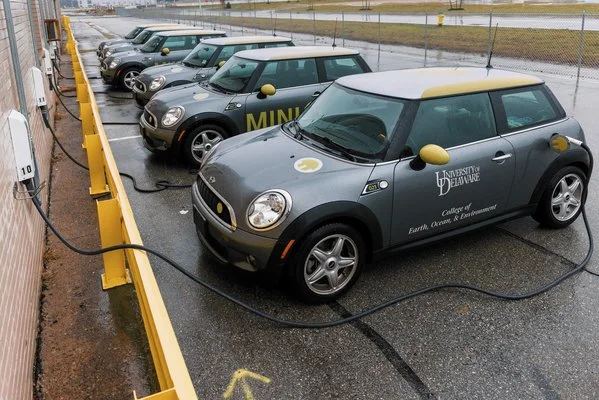> Federal Flood Insurance Program Drowning In Debt. Who Will Pay?: "Millions of American property owners get flood insurance from the federal government, and a lot of them get a hefty discount. But over the past decade, the government has paid out huge amounts of money after floods, and the flood insurance program is deeply in the red."
> How A Giant Mall Parking Lot Turned Into A Park And A Walkable Community: "Instead of paving paradise for a parking lot, this Seattle shopping center is showing how America's suburbs are changing: There are now nearly 400 LEED-certified apartments going up where cars once parked."
> The Dramatic Makeover of New York's Streets Under Bloomberg: "Filmmaker Clarence Eckerson has been documenting conditions on the city's streets since the 1990s, and he has a huge archive of footage. Here, he juxtaposes images of key New York locations before, during, and after radical redesigns that took place under the jurisdiction of the Bloomberg administration’s transportation commissioner, Janette Sadik-Khan. Eckerson shows the transformation of Times Square, Herald Square, the Brooklyn waterfront, the Queensboro Bridge, and several other formerly car-choked areas that are now havens for human beings on foot and on bicycles."
Image: Evan Krape
> Electric cars may hold solution for power storage: "In a Delaware pilot project, electricity is stored in and retrieved from the batteries of idle vehicles. Car owners would be paid."
> Meanwhile, Ford creates plug-in car that runs on sunlight: "Ford is going to show a concept version of its electric plug-in hybrid C-Max crossover at the Consumer Electronics Show in Las Vegas that comes with a giant solar panel on the roof. As a result, Ford says the C-Max Solar Energi Concept can get the same performance from collecting a day's worth of sunlight as from plugging in its regular C-Max Energi into a socket. The automaker estimates that the sun could power 75% of a typical drivers' trips in the concept."
> Solar Power Poised For A Huge Year In 2014: "The equivalent of a 5-megawatt solar farm every hour of every day – that’s how much new solar photovoltaic power is being installed around the world right now, according to a leading industry analyst, and it’s a surge that will help the industry to a mammoth total for 2014."
> 2013's 12 Greatest Strides Towards Reducing Food Waste: "The year of 2013 has been an exciting one for the future of food. Amidst moving to ban trans fats and demonstrating the threats of routinely using antibiotics in animal feed, the country woke up to the opportunity and moral obligation to waste less food. "
> The 2014 Clean Energy Resolution: "The most commonly made resolutions focus on health and well-being -- to stop smoking, eat better, get more exercise, spend more time with family and friends, and so forth. Sometimes they focus on more outward ambitions: to change jobs, get out of debt, or pick up a new hobby. But how many people make resolutions aimed at the kind of changes that are not just best for themselves, but best for everyone? Is there a way to do both?"












